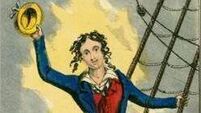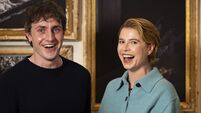Clodagh Finn: Mother of all the Behans spoke of her ‘Me Too’ moment
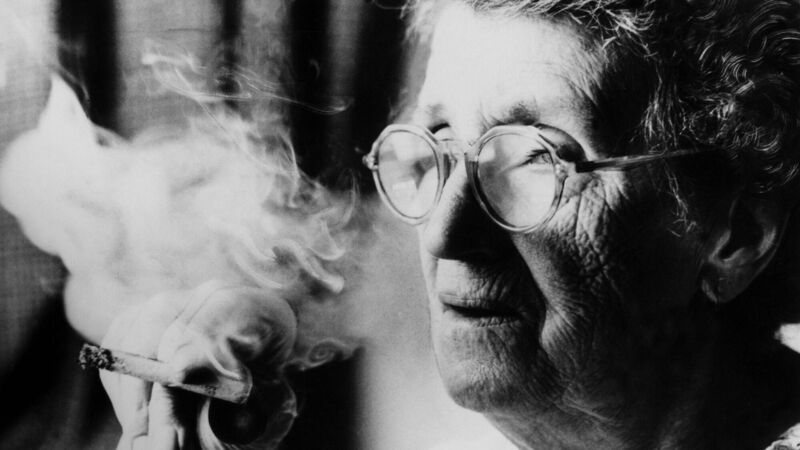
Kathleen Behan had to survive two world wars, the death of two husbands, the death of two sons, seven years in an orphanage, and a sexual assault by a potential employer. Picture: Getty Images
Kathleen Behan might be best known as “mother of all the Behans”, but she wore so many hats.
She was a folk singer, a Cumann na mBan member, a republican, a ‘Me Too’ advocate (though she wouldn’t have called it that), and such a fervent supporter of workers’ rights that she turned the radio to full volume whenever the Russian National Anthem came on. Then she’d open the windows wide just “to shake up the neighbours” in Crumlin, Dublin, who had labelled her “a bloody communist”.
She tried to enlist the support of those same neighbours when, during the Second World War, she took the butchers of the area to court for failing to observe government price controls on meat. She won her case, but never succeeded in winning local support.
It didn’t bother her because if one thing emerges from Kathleen Behan’s autobiography, as told to her son Brian, it is that Kathleen Kearney, the fifth child born to Kathleen and John Kearney in 1889 on Capel Street, Dublin, was the ultimate survivor — and one with a mind of her own.
She had much to survive — two world wars, the death of two husbands, the death of two sons, seven years in an orphanage and a sexual assault by a potential employer.
HISTORY HUB
If you are interested in this article then no doubt you will enjoy exploring the various history collections and content in our history hub. Check it out HERE and happy reading
She went to ask the latter for a job when three months pregnant, but he “started into me — pulling and tugging at my blouse, trying to drag my dress down”. She managed to stop him and ran out into the city, crying.
If you can, witness a flavour of her indomitable spirit in , Peter Sheridan’s new production starring Imelda May at the 3 Olympia Theatre in Dublin. I couldn’t make it so, instead, I reread the eponymous book on which the one-woman show is based.
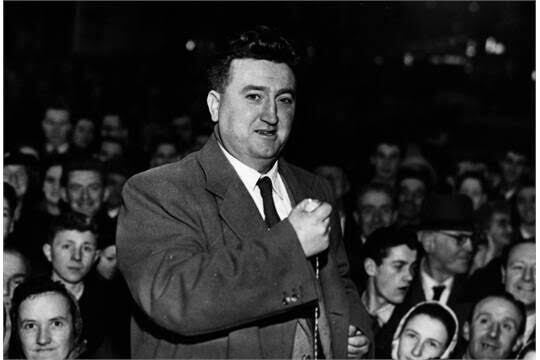
It reveals a woman whose fiery presence extends far beyond the roles ascribed to her in the public consciousness — mother of the famous Brendan and celebrated singer with an endless repertoire of songs and ballads. That, however, is a mere fraction of a life that reflects many of the political and social upheavals of the last century.
Her own personal upheaval came when her father died in 1894. Her mother, left without means, was forced to put Kathleen and her sisters into an orphanage.
Kathleen spent “seven long years in exile”, as she put it, in Goldenbridge Orphanage, Inchicore, Dublin. “I went into the orphanage on 29 March 1898 — a dull cold day to go into a dull cold place. But I got used to it,” she recalled.
The food was plain, but she had enough to eat and she read voraciously. “It was a fine training — after it, you could live off the skin of a rasher.” What bothered her most was living in an enclosed space for so long. It turned her into “a nymph for fresh air”, she said later, explaining her love of walking in the open air through Dublin city.
In 1904, she was reunited with her sisters and her mother. They lived in a one-room tenement house on Sean MacDermott Street in Dublin. She was a “big mope” of 16 who knew nothing about the world but was very happy, she said.
She met Jack Furlong, a fellow republican, in 1915 and married him a year later. She joined Cumann na mBan and acted as a courier during the Easter Rising in 1916. All of her family were republicans, she said (her brother, Peadar Kearney, wrote the national anthem).
She knew, and had great time for, revolutionary leader Michael Collins. Her daughter-in-law Beatrice (wife to Brendan) later recalled that she bumped into him on O’Connell Street bridge in Dublin when she was pregnant with Brendan. “He was a man with a price on his head, but stopped to talk with her … They chatted for a few minutes, and on leaving her he pressed a ten-pound note into her hand, saying, ‘Take care of yourself’. It was the last time she ever saw him.”
When her first husband died of Spanish flu in 1918, she had one son, Rory, and a second, Sean, was on the way. She asked Countess Markievicz — or Madame Markievicz as she called her — to help her find work. She went to work at Maud Gonne MacBride’s home on St Stephan’s Green. “It wasn’t a bad job, though Madame MacBride paid very little (my meals and that and a little money besides), but then I wasn’t really a servant — more a receptionist,” she said later.
She was keen to explain “this ‘Madame’ business too”: “We had a lot of gentry on our side — the Nationalist side — and they didn’t want to use English expressions like Mr and Mrs. On the other hand, if they’d used the Gaelic version, ‘Mrs MacBride’ would come out as ‘Ban MacBride’ which means ‘MacBride’s woman’. And that wouldn’t do for them — they thought it was common. So all these grand Irish ladies were Madame this and Madame that, as though they were French. The working classes didn’t bother with such nonsense — Mrs Furlong or Mrs Behan was good enough for me.”
In her job as receptionist, Kathleen met WB Yeats and many of Dublin’s literary figures. She modelled for portrait artist Sarah Purser’s , now in the National Gallery of Ireland in Dublin. It shows her as an auburn-haired young woman, an image which will be unfamiliar to those who remember her as an older woman regaling television audiences with her wit, repartee and collection of songs.
She didn’t stay long with Madame MacBride, moving to a better-paid job as a clerk with Dublin Corporation. Shortly afterwards, she met Stephen Behan. They married in 1922 and went to live in a one-room tenement flat on Russell St.
There, she was nicknamed ‘Lady Behan’ because she wouldn’t join her neighbours on the steps to chat. “They were as common as ditchwater,” she said with characteristic bluntness, “but in the things that really mattered they were cream of the earth. We used to sing and dance every opportunity we got.”
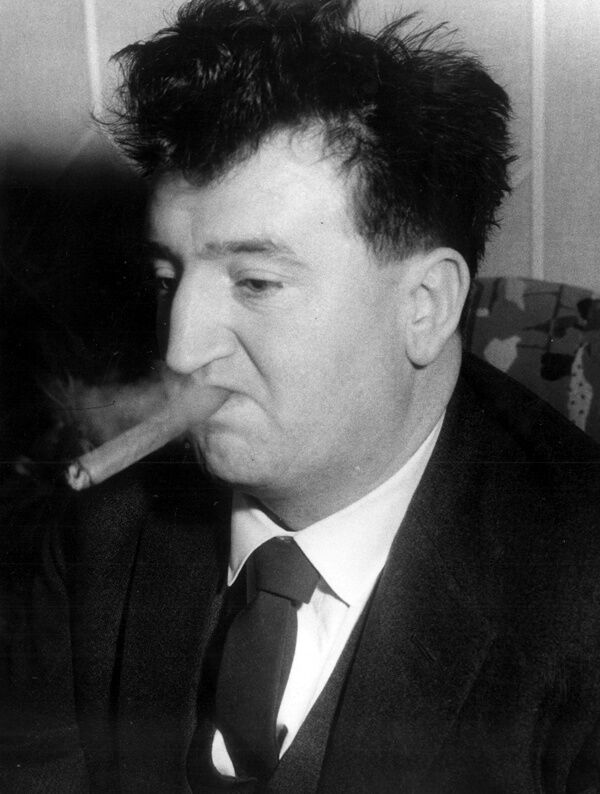
She missed that sense of community when the family moved to Crumlin. By then, she and Stephen had five children, a daughter and four sons. Three of them, Brendan, Dominic and Brian, became writers. Kathleen said the world would never have got to know her had it not been for Brendan. You’d have to wonder though.
Many years later, when she moved into a nursing home, she remained a fierce feminist and Republican (Old IRA), her daughter-in-law Beatrice said. She continued to sing and her ripostes were as sharp as ever. During one visit when Beatrice asked her if she had any news, she replied: “I’m alive, isn’t that news enough for you?”
And how wonderful to see that her memory lives on.







